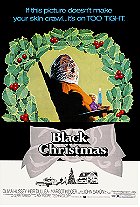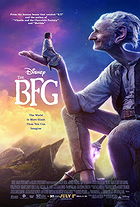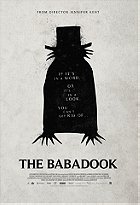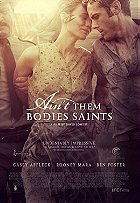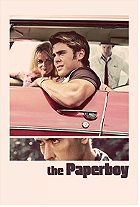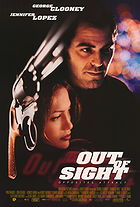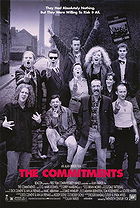Hey, have you ever wanted to watch a version of the Beauty and the Beast fairy tale that added in unnecessary amounts of CGI, weird side stories involving fortune tellers, and tonally dissonant cutesy animals scurrying about the castle? If so, then have I got the monstrosity for you! A completely forgettable version that adds more tangents and garnishes to a sturdy tale that renders the whole thing strangely muted, and makes Disney’s recent live-action version look like Cocteau’s by comparison.
Why is making a movie of this so damn hard?
Christophe Gans’ version is overburdened with sumptuous imagery that flirts with erotic intensity or perhaps fevered dream logic, but completely lacks the follow-through on either of those points. Then we get a brand new tragic backstory to explain Beast’s transformation and the magic emanating from his castle, and a Beauty that mainly involves its lead actress heaving her breasts and randomly warm-up to her suitor/capture without any budding romance to make the transition clear.
Gans’ Beauty is quite literally sold into sexual slavery to transform the fortunes of her family, specifically the patriarch. Her eventual declaration of love for the Beast must happen, but there’s been no sequences displaying a softening of their relationship, a growth in the Beast away from child-like id into maturity, or a sexual awakening within Beauty. It arrives at the exact point in the story when it must, but it doesn’t have the same sweetness of Disney’s animated classic or the quiet, aching poetry of Jean Cocteau’s masterpiece. Like much of the film, it just happens and exists because the nature of the story demands it as such.
Even worse is the lack of chemistry between Beauty and Beast. How to cast Vincent Cassel, an actor of volcanic sexual dynamism, and manage to make him limp, awkward, and unattractive is a feat, gross incompetence, or both. Léa Seydoux manages to make Beauty something of a presence, but it’s hard to really gage given how little she’s truly asked to do. You watch them in other films and feel a combustible sexual ferocity from each of them, but it’s not here. Perhaps all of the pageantry rendered them a little out to sea?
The worst offense is how hard Gans is clearly working to create something that looks and feels magical, yet there’s nothing grounding it or making it feel like an extension of the characters. Beast’s castle is a series of lovely sets that don’t feel like a coherent vision. The best versions of this story generate a palpably real, magical setting that is as much a reflection of the Beast’s psyche as it is a place for magical occurrences. It feels inevitable that twisted statues ornamenting the property would come alive and attack the interlopers. There’s been a glut of fairy tale blockbusters, effectively trying to transform the Grimms into Tolkein and often failing, and this Beauty and the Beast falls victim to that tendency.
All this did is made me feel wistful and depressed that Guillermo del Toro’s proposed version will never see the light of day.
 Login
Login
 Home
Home 95 Lists
95 Lists 1531 Reviews
1531 Reviews Collections
Collections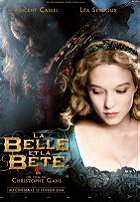
 0 comments,
0 comments, 